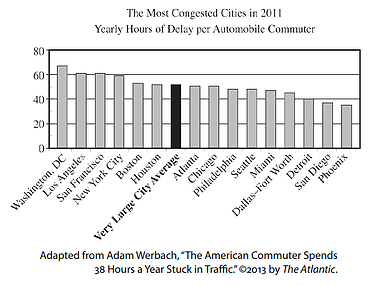Course Review: Summary Math Test Techniques, Summary Writing. The SAT, basically tests your concepts in mathematics and tests your abilities in reading and writing. History           Â
. The Writing section consists of multiple choice questions on grammar, word usage, etc and an essay..
No Calculator Portion Math: . The SAT Scoring System:.
. The SAT Scoring System:.
Why and When we should appear SAT - Scholarstic Aptitude Examination ?
. Displacement is the distance covered in a particular direction or rather, it is the overall change in position.
As per college board, any student who wants to be admitted to the college in 2006 or later, will have to appear for new SAT starting from 27th march 2005. ©2011 SparkNotes LLC, All Rights Reserved.            1st Offense:                   Warning. All the best for your preparation..
There will be 54 questions in all.
The sun will rise in the east.
• General Knowledge. Scale ranging from 600 to 2400.
See EXAM DATES And DUE DATE For Registration.
Analogies - 6 Questions.
Heat transfer due to wave motion..
The Syllabus for Mathematics
| Content |
Approximate % of Test |
|---|
|
Structure of matter
- Atomic Structure, including experimental evidence of atomic structure, quantum numbers and energy levels (orbitals), electron configurations, periodic trends
- Molecular Structure, including Lewis structures, three-dimensional molecular shapes, polarity
- Bonding, including ionic, covalent, and metallic bonds, relationships of bonding to properties and structures; intermolecular forces such as hydrogen bonding, dipole-dipole forces, dispersion (London) forces
|
25% |
|
States of matter
- Gases, including the kinetic molecular theory, gas law relationships, molar volumes, density, and stoichiometry
- Liquids and Solids, including intermolecular forces in liquids and solids, types of solids, phase changes, and phase diagrams
- Solutions, including molarity and percent by mass concentrations, solution preparation and stoichiometry, factors affecting solubility of solids, liquids, and gases, qualitative aspects of colligative properties
|
16% |
|
Reaction types
- Acids and Bases, including Brønsted-Lowry theory, strong and weak acids and bases, pH, titrations, indicators
- Oxidation-Reduction, including recognition of oxidation-reduction reactions, combustion, oxidation numbers, use of activity series
- Precipitation, including basic solubility rules
|
14% |
|
Stoichiometry
- Mole Concept, including molar mass, Avogadro’s number, empirical and molecular formulas
- Chemical Equations, including the balancing of equations, stoichiometric calculations, percent yield, and limiting reactants
|
14% |
|
Equilibrium and reaction rates
- Equilibrium Systems, including factors affecting position of equilibrium (LeChâtelier's principle) in gaseous and aqueous systems, equilibrium constants, and equilibrium expressions
- Rates of Reactions, including factors affecting reaction rates, potential energy diagrams, activation energies
|
5% |
|
Thermochemistry
- Including conservation of energy, calorimetry and specific heats, enthalpy (heat) changes associated with phase changes and chemical reactions, heating and cooling curves, entropy
|
6% |
|
Descriptive chemistry
- Including common elements, nomenclature of ions and compounds, periodic trends in chemical and physical properties of the elements, reactivity of elements and prediction of products of chemical reactions, examples of simple organic compounds and compounds of environmental concern
|
12% |
|
Laboratory
- Including knowledge of laboratory equipment, measurements, procedures, observations, safety, calculations, data analysis, interpretation of graphical data, drawing conclusions from observations and data
|
8% |
.
Tags : sat syllabus,sat test,syllabus,exam pattern,entrance,notification,cut off,2013,admission,sat exam,r-sat exam syllabus,education,program,sat college board,sat exam structure,sat pattern
 . The SAT Scoring System:.
. The SAT Scoring System:.
No comments:
Post a Comment